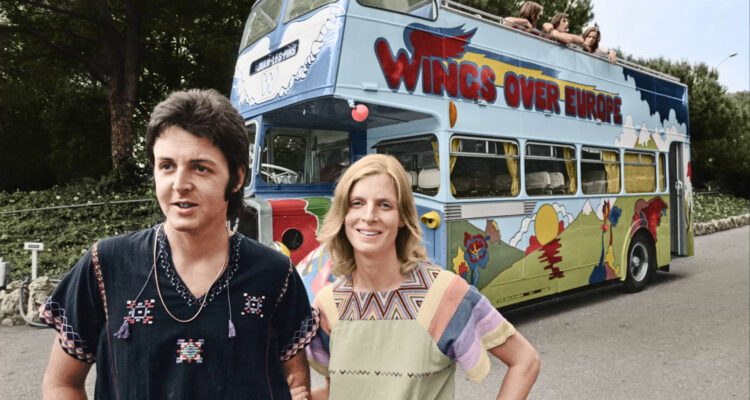Famous Firsts– The Honda Model D
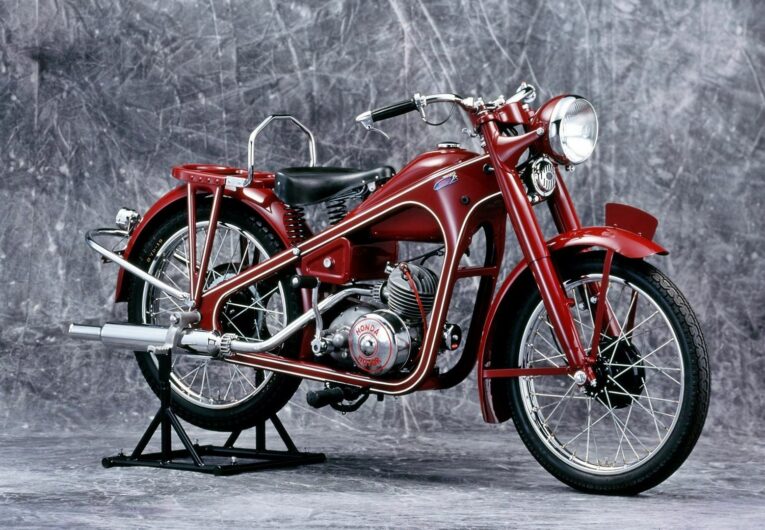
Despite a relatively short career compared to the likes of other revered bike manufacturers such as Triumph and Harley Davidson, the name Honda has become synonymous with Motorcycles and has been for decades. Ask anyone – non-bikers and bikers alike – to name three motorcycle brands and chances are high that most, if not all of them will include Honda in that list. The Japanese giant began life in 1948 and for context Triumph opened its doors a whole 46 years earlier in 1902. That’s quite the head start but that didn’t stop Honda dominating the industry as early as the ’70s and going on to be a household name. Something that continues to this day, but began way back with the Honda Model D.
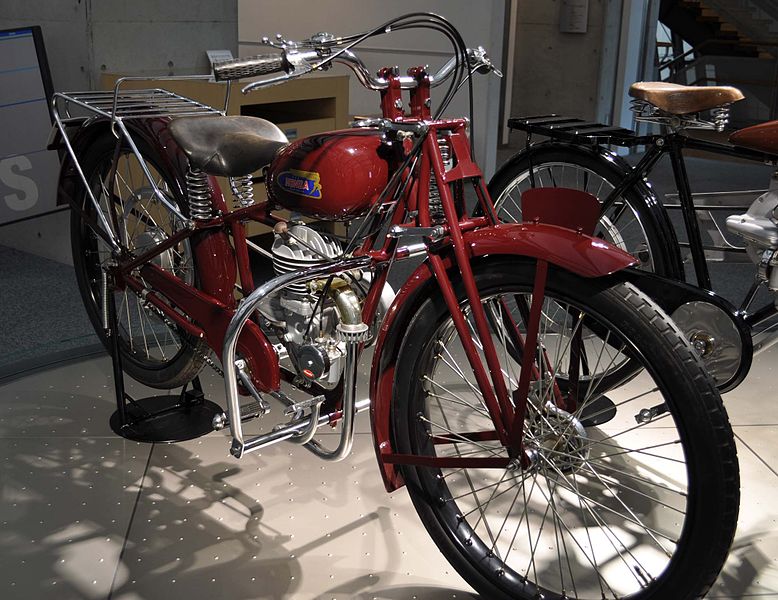
As the name implies, the model D, or D-Type was, in fact, Honda’s fourth attempt at producing two-wheeled motorised transport. The A-Type, effectively a motorised bicycle with a two-stroke, 50cc engine, was created before Honda was even Honda and founder Soichiro Honda was developing piston rings for Toyota. The B-Type trike followed but never made it past prototype form and the C-Type – a belt-driven two-wheeler – featured a new, in-house designed tubular frame and engine but utilised the forks from the B-Type and would takes its place in history as the precursor to the D-Type.
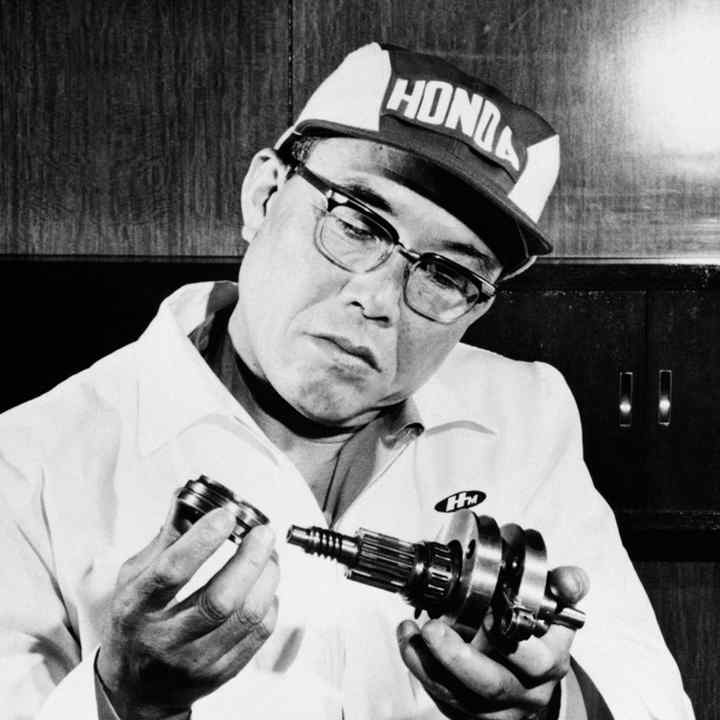
Colloquially known as the Dream, the D-Type is regarded as the very first official motorcycle that Honda ever made, debuting in August 1949. The nomenclature seemed fitting as Soichiro Honda was always known for expressing his dreams for the company and with taking on the slogan “The Power of Dreams” the bike symbolized Honda itself and was an expression of this ethos, symbolising Soichiro’s ambitions of becoming a successful motorcycle manufacturer.
The D-Type featured a similar single-cylinder, air-cooled, two-stroke engine as that fitted to the C-Type but displacement was increased from 96cc to 98cc, although power remained at 3bhp. The bicycle pedals of its predecessor were done away with, as was the belt drive in favour of a chain, and gear changes were taken care of via a revolutionary two-speed semi-automatic affair that combined the clutch and gear pedal – an innovative feature that eliminated the need for a hand-operated clutch lever on the handlebars.
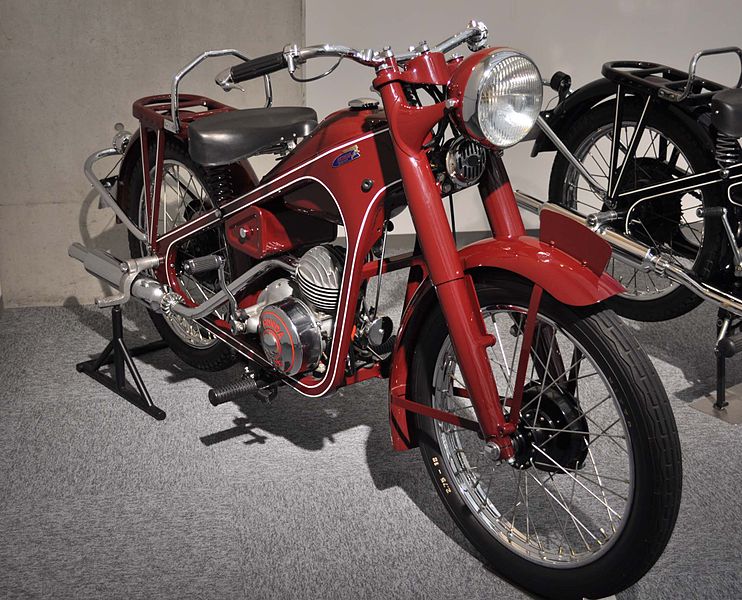
The frame was also different to other Japanese manufactured motorcycles at the time. Honda eschewed the standard tubular frame design of its peers instead opting for a channel frame made of pressed steel. Not only did this method require less welding but it also allowed for a greater consistency in the manufacturing process. The frames were then painted maroon, as opposed to the industry standard black, which further set the D-Type apart from the competition, aiding in impressive initial sales figures.
With telescopic forks up front and a rigid rear end it was a far cry from the later, full suspension bikes that Honda would produce but it did have a sprung saddle, which is something, and it certainly looked more like a “traditional” motorcycle, possessing as it did a more cohesive design rather than being simply a frame with an auxiliary engine, as was the case with earlier iterations. Drum brakes front and rear completed the package and the Model D was an instant hit for Honda.
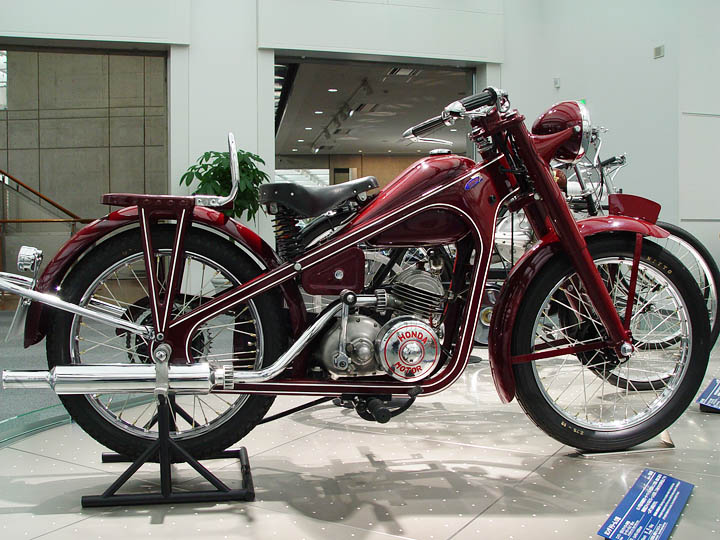
Unfortunately for Honda, the revolutionary clutch mechanism that did away with a hand-operated lever would contribute to the bike’s downfall. Honda wanted to create an accessible motorcycle that was easy to operate and that anyone could ride. Pressing forward on the gear shift pedal would put the bike in first gear and pressing back would put it in second gear, with neutral obtained by letting go altogether and doing away with that pesky manual clutch lever.
Initially popular people began to criticize this method as in order to keep going in first gear you had to keep the pedal depressed which soon became tiring. Not only that but the effects of the Second World War were still very much being felt and an anti-inflation policy was mandated by the Japanese government just ahead of an economic recession. To add insult to injury the motorbike buying public was beginning to lean towards four-stroke engines. We bikers are a fickle bunch.
The Model D was simply a case of ambition outstripping actual ability and Honda’s engineering wasn’t quite on the same level as Soichiro’s imagination. Yet. I’m sure we can all agree, however, that they soon got it together and have produced some of the greatest and most revered motorcycles to ever grace road and track since those early days.
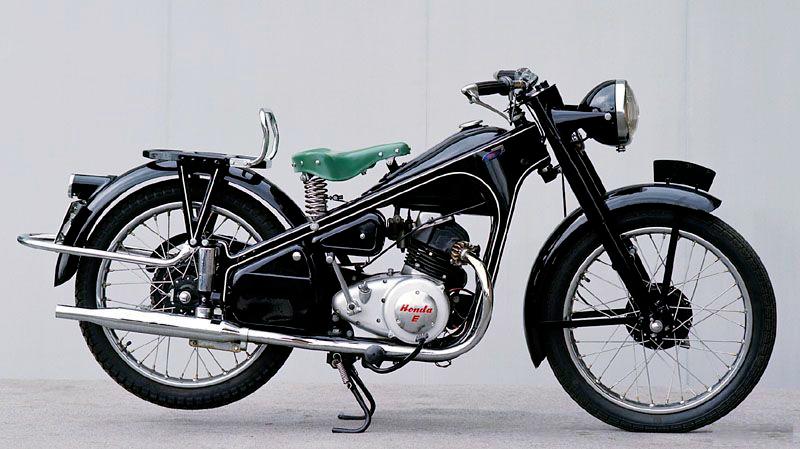
The fact of the matter remains the Honda Model D was an incredibly important motorcycle. Not only did it encourage Honda to develop innovative production and manufacturing concepts but it was also a huge learning experience for the company which subsequently gave birth to the E-Type, Honda’s first 4-stroke overhead valve production motorcycle, another crucial bike in the company’s illustrious history. A company that was on its way to becoming a fully-fledged motorcycle manufacturer, bringing Soichiro’s dream to fruition.

